Singapore’s weekly case count has nearly doubled with KP.1 and KP.2, the new ‘FLiRT’ variants, now accounting for over two-third of its COVID-19 cases. Authorities have asked the public to start masking up again and warned public hospitals to prepare for a spike in cases read more
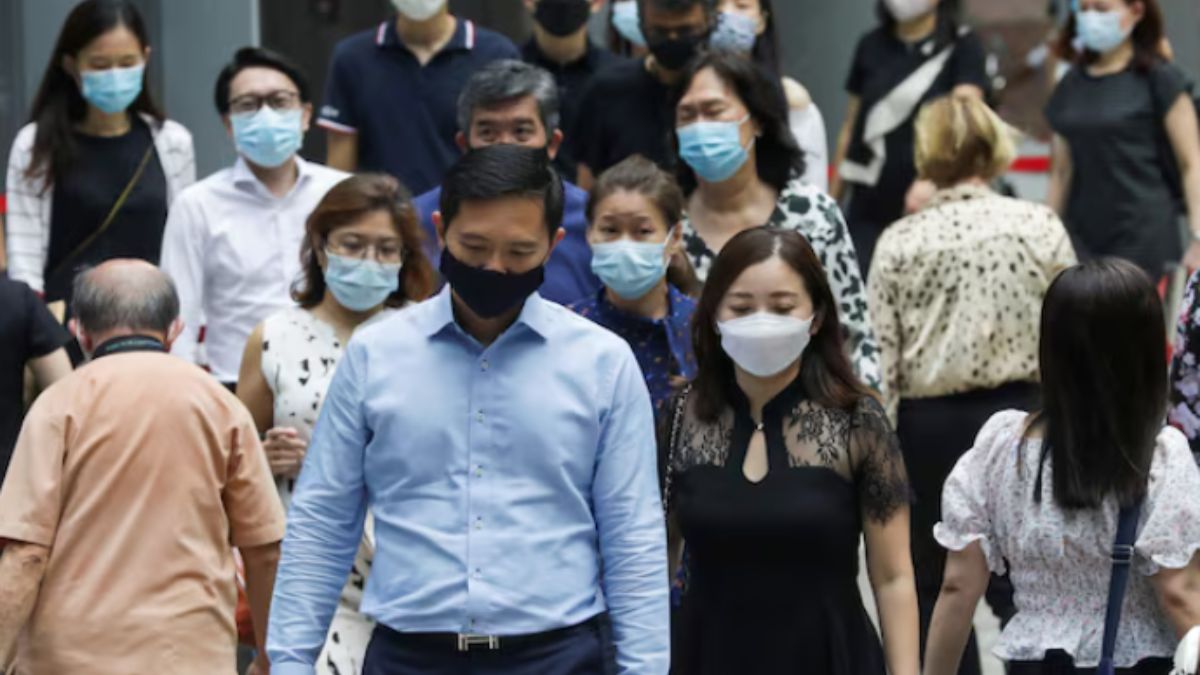)
COVID-19 cases in Singapore doubled between 5 May and 11 May. Reuters
Singapore’s government is sounding the alarm over a potential new COVID-19 wave.
On Saturday, Health Minister Ong Ye Kung warned that the estimated weekly case count almost doubled in the week ending 11 May.
“We are at the beginning part of the wave where it is steadily rising,” Kung was quoted as saying by the Straits Times.
“The wave should peak in the next two to four weeks, which means between mid and end-June,” he added.
The Ministry of Health (MOH) said the estimated number of COVID-19 cases in the week of 5 to 11 May surged to 25,900 cases compared to 13,700 cases in the previous week.
This has led health authorities to advise masking up again.
Now, as the new set of ‘FLiRT’ variants now account for over two-thirds of the country’s cases, we look deeper into the matter.
Hospitals asked to brace for impact
As the new subvariant spread, the average hospitalisation cases in the island country also witnessed an uptick to 250.
That number was 181 the week prior.
Though the ICU cases remained low at three cases, compared with two cases in the previous week, the ministry has asked the public hospitals to brace themselves.
“To protect hospital bed capacity and as a precaution, public hospitals have been asked to reduce their non-urgent elective surgery cases and move suitable patients to care facilities like Transitional Care Facilities or at home through Mobile Inpatient Care@Home,” the health ministry said.
Kung said that if the number of COVID-19 cases doubles once, Singapore will have 500 patients in its healthcare system – which is manageable.
However, if the cases double again, there will be 1,000 patients, which would place “a considerable burden on the hospital system.”
“One thousand beds is equivalent to one regional hospital,” Kung said. “So I think the healthcare system has to brace itself for what is to come.”
Push for an additional dose
The ministry pointed out that one of the reasons behind the surge in cases is that 80 per cent of Singapore’s population received an initial or additional vaccine dose.
However, they have not received a dose within the last year against emerging strains.
“This indicates that immunity in the population is likely to have waned,” said MOH. “Even as we live with COVID-19 as an endemic disease, we cannot afford to lower our guard.”
The health minister also encouraged those at highest risk of disease—including individuals aged 60 and above, medically vulnerable individuals, and residents of aged care facilities to get the updated COVID-19 jab.
In a bid to send people to get vaccinated, the government is also sending SMSes to the public.
It is also extending the working hours of the five Joint Testing and Vaccination Centres from 21 May to 29 June, Channel NewsAsia (CNA) reported.
Singapore headed for another lockdown?
Ong said there are no plans for any form of social restrictions or any other mandatory measures as of now.
He added that imposing additional measures ‘would be a last resort’ for the island nation.
The minister said that Singapore, being a transport and communications hub, would be one of the cities affected by a COVID-19 wave earlier than others.
“So, COVID-19 is just something that we have to live with. Every year, we should expect one or two waves,” he said.
What is the new variant?
The new set of COVID-19 variants collectively known as ‘ FLiRT ,’ are responsible for two-thirds of cases in Singapore.
First detected in India, the two strains, KP.1 and KP.2, belong to a group of COVID-19 variants scientists have dubbed ‘FLiRT’, after the technical names of their mutations.
They are all descendants of the JN.1 variant, which spread rapidly around the world several months ago.
Earlier this month, the World Health Organisation classified KP.2 as a “variant under monitoring", meaning it is a signal to public health authorities that a COVID-19 variant may require prioritised attention and monitoring.
It is also the dominant strain in the United States and has been detected in China, Thailand, India, Australia, and the United Kingdom.
However, the Singapore MOH pointed out that,” There are currently no indications, globally or locally, that KP.1 and KP.2 are more transmissible or cause more severe disease than other circulating variants.”
The variant’s global footprint
The virus has been spreading across the globe with China, Thailand, India, Australia and the United Kingdom reporting cases.
KP.2, which has now become a predominant variant in the US, currently makes up 28.2 per cent of the cases, ABC News reported.
Experts are pointing to a rise in KP.2 variant cases this summer.
“We’ve had four consecutive increases of COVID in the summers in the last four years,” Dr Peter Chin-Hong, a professor of medicine and an infectious disease expert at the University of California, San Francisco (UCSF), told ABC News.
“We expect an increase this summer too, but it probably won’t be large and it probably won’t be as profound as wintertime,” he added.
In India, around 91 cases of FLiRT have so far been detected in several regions of Maharashtra. However, no severe cases have been found.
In March, a small number of KP.2 cases were detected in China’s Guangdong province.
As of 12 May, 25 cases have been reported nationwide, CNA reported.
With input from agencies

 4 months ago
47
4 months ago
47

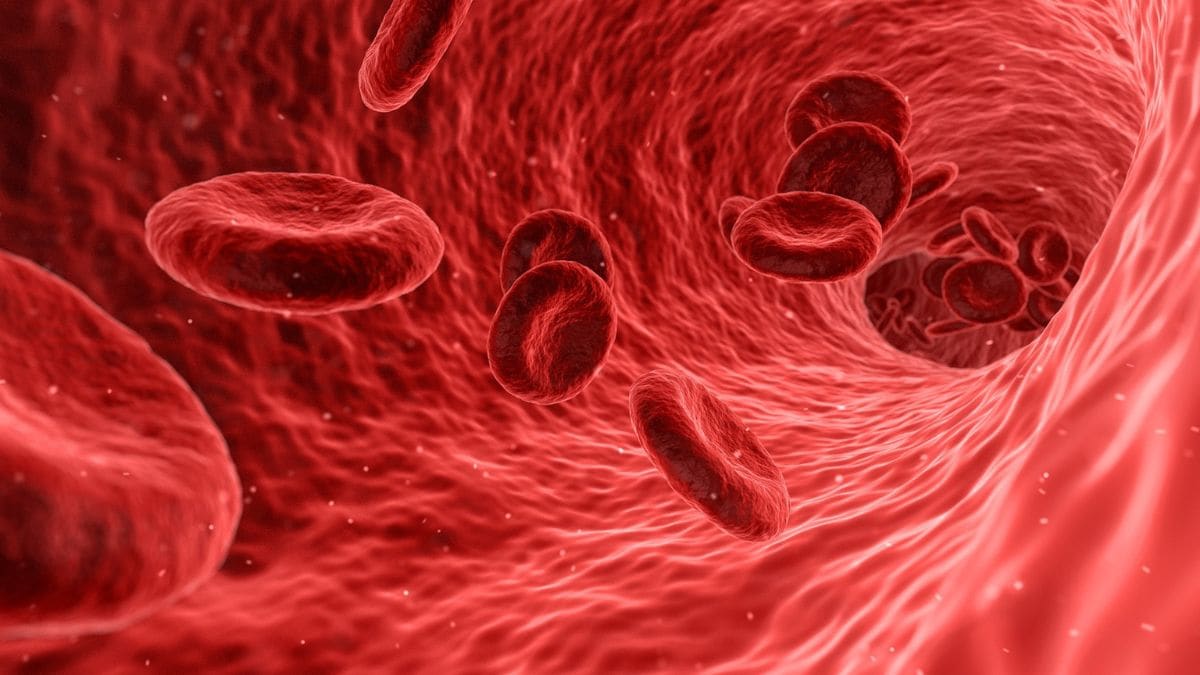
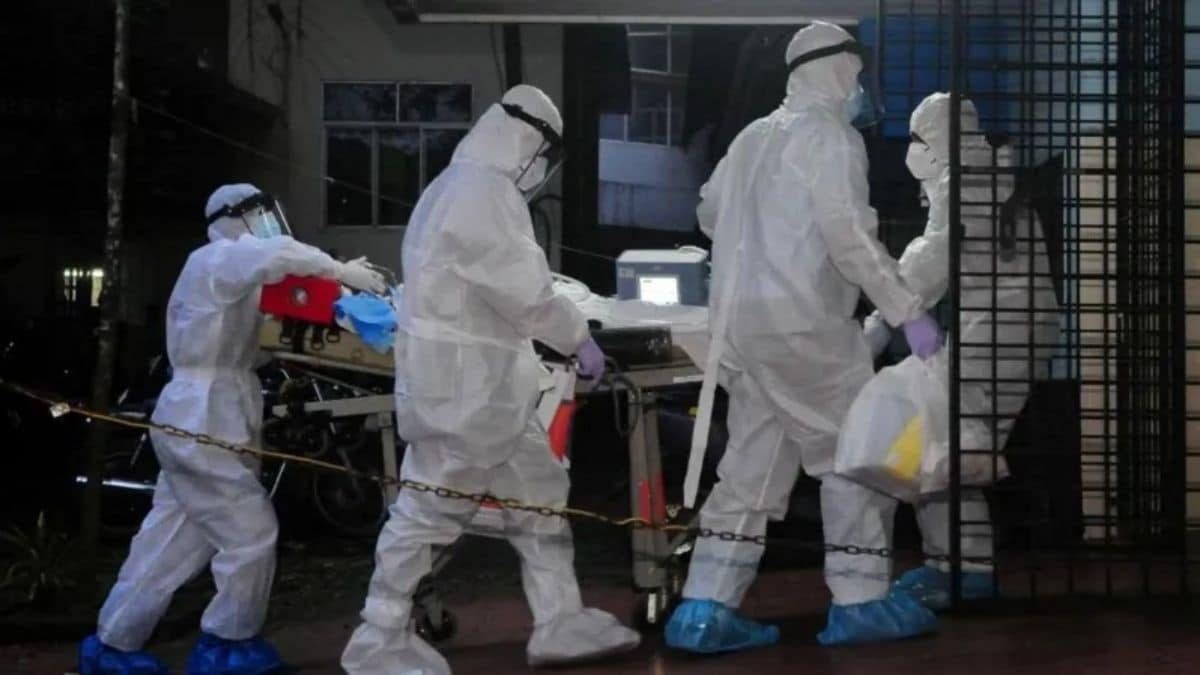

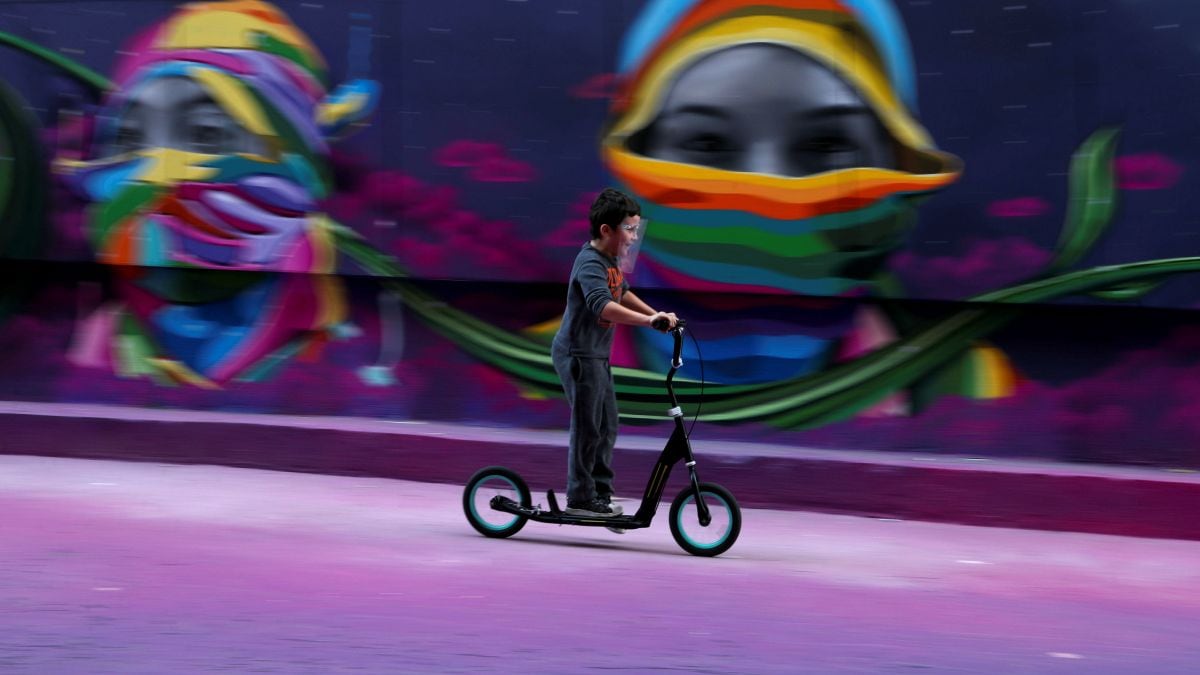




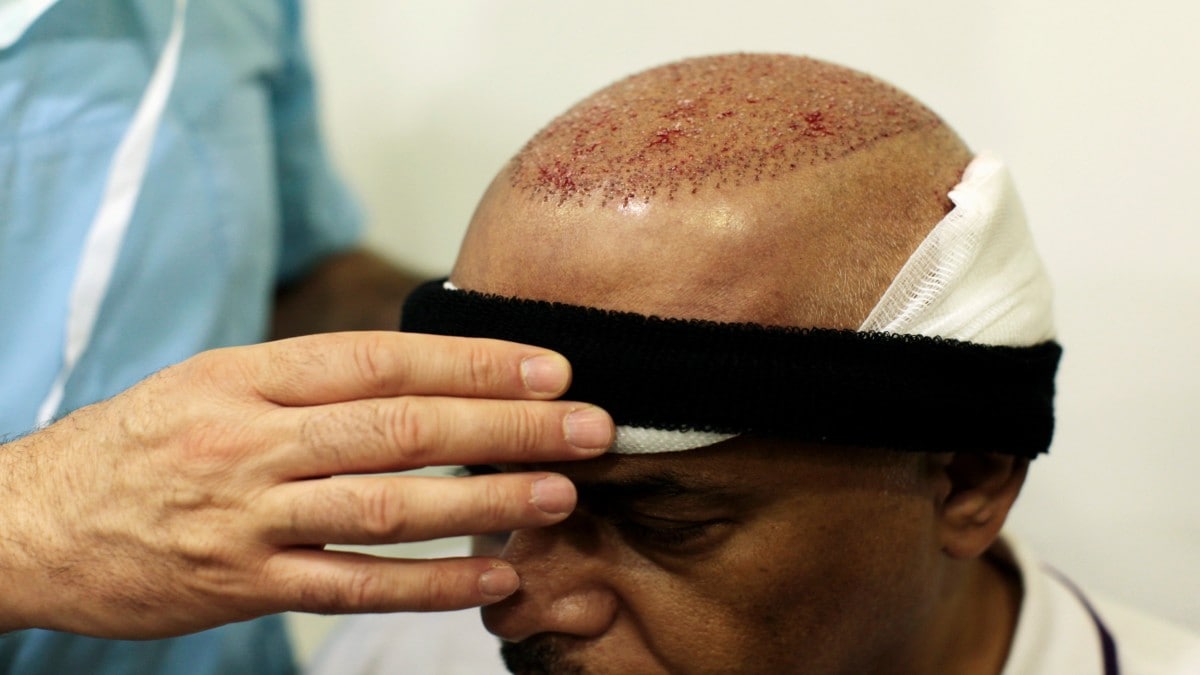




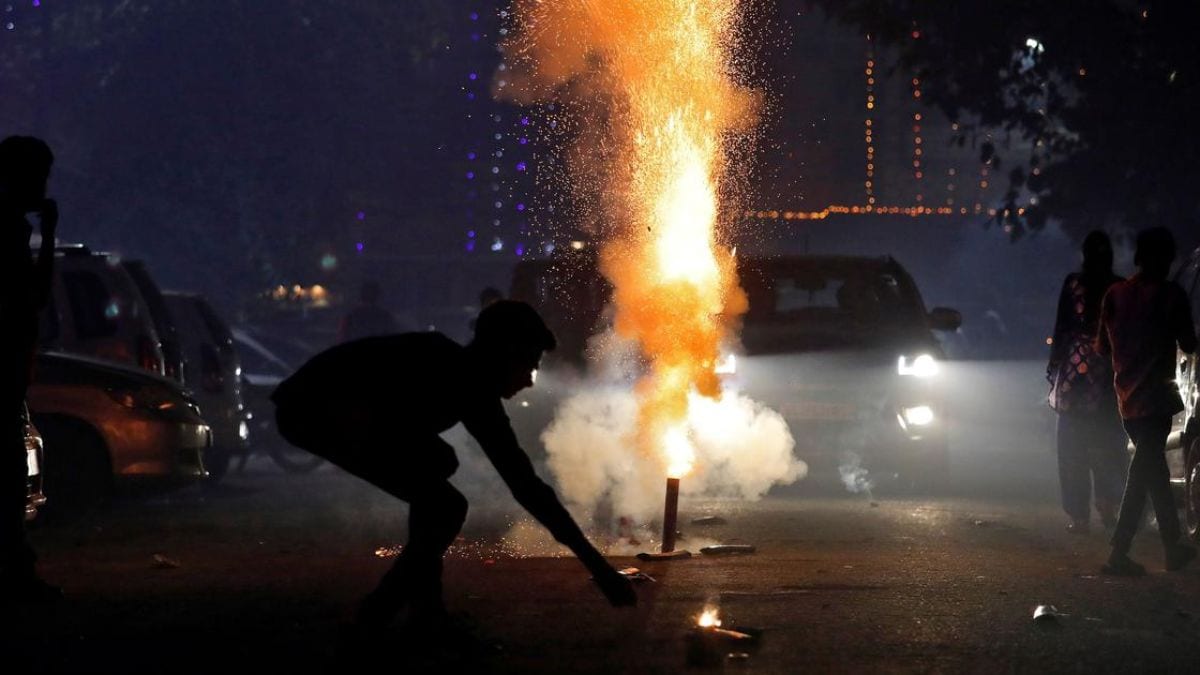
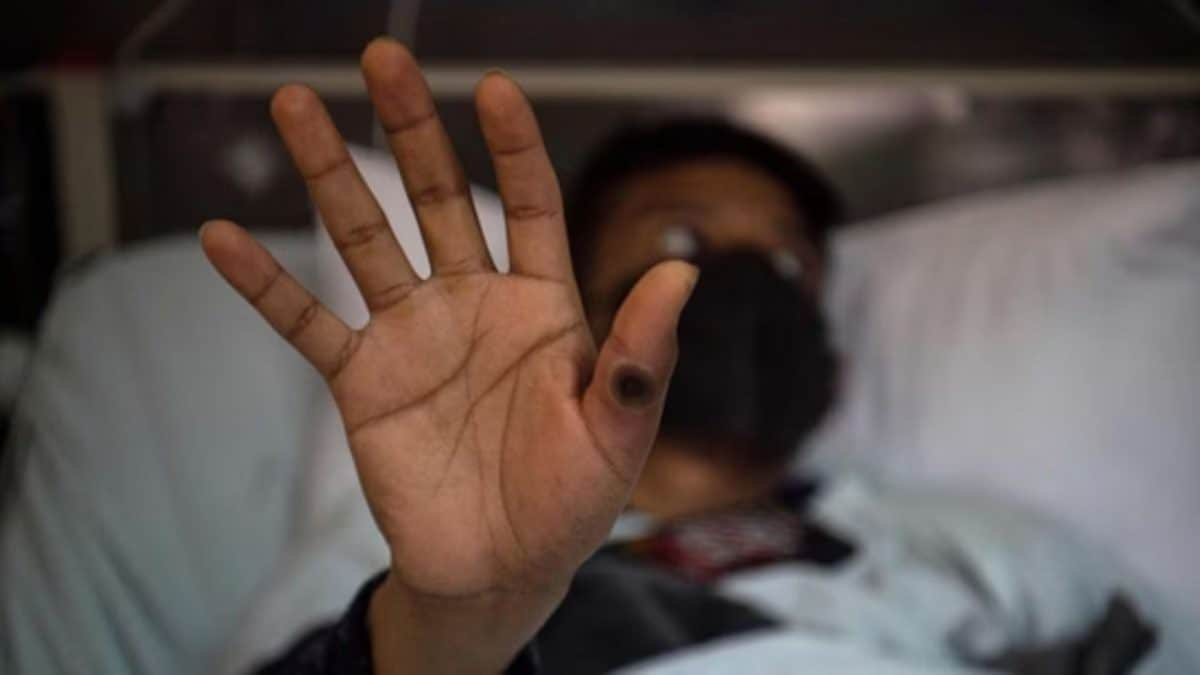
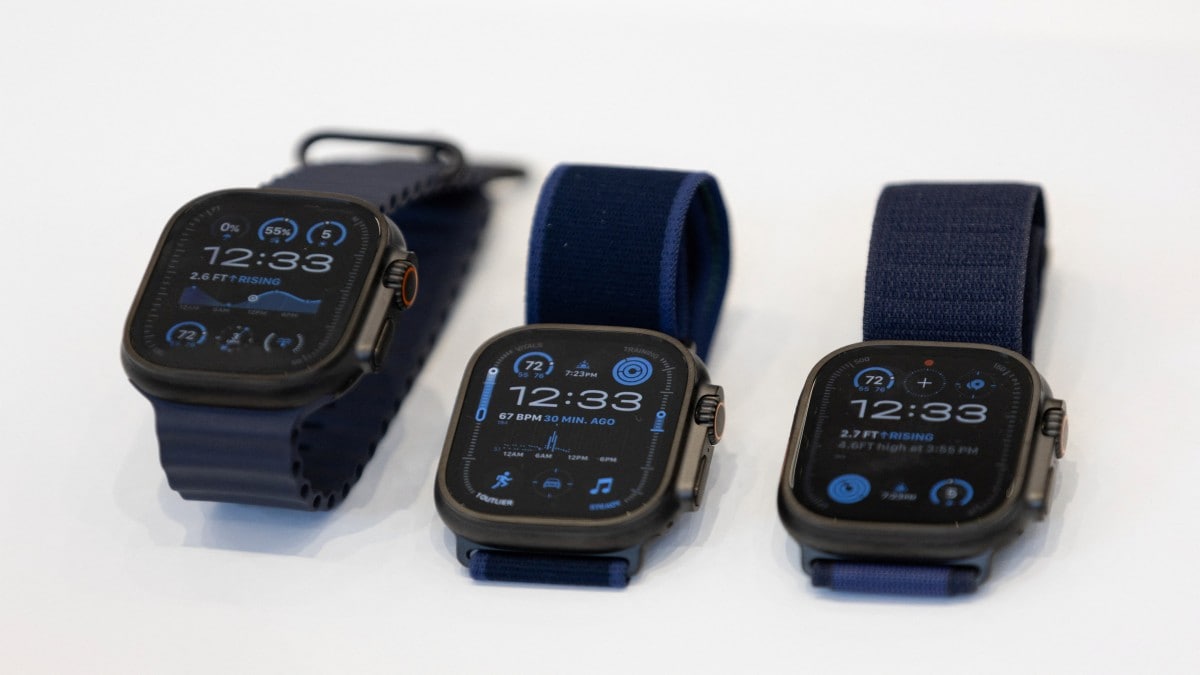

)
)
)
)
)
)
)
 English (US) ·
English (US) ·